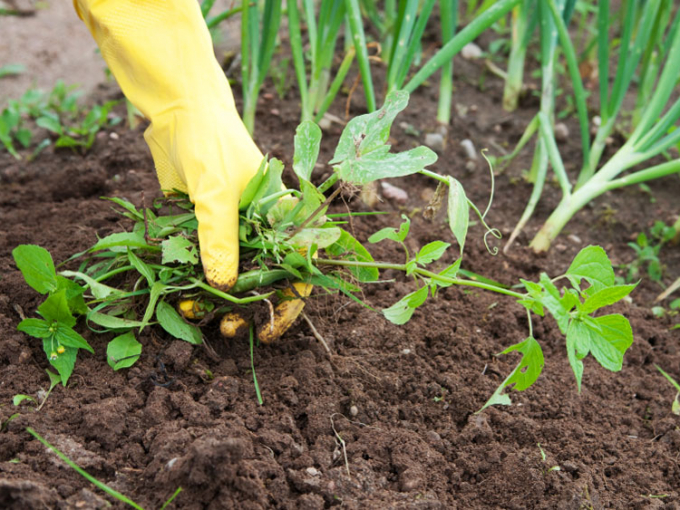
From the first spring days, an army of weeds begins an attack on personal plots. If you do not start their timely destruction, then by summer, all beds and flower beds will be flooded with weed plants. To get rid of unwanted vegetation, various methods of control are used. Most gardeners use mechanical or folk methods, but sometimes you have to resort to using chemical herbicidal agents.
Content
Destruction of weeds by herbicides
Chemical treatment is considered the most effective and efficient. The chemical agent is selected according to the varieties of weeds. 2 types of herbicidal preparations are on sale:
- systemic exposure - after spraying the composition, the poisons penetrate the aboveground and underground parts of the weeds. Result: complete death of the parasitic plant;
- contact exposure - the destruction of parts of the weed in places where the poison enters.
Herbicidal compositions are divided into selective and continuous. The continuous effect of herbicides is due to the destruction of both weeds and crops. These funds are used to obtain completely cleared areas of vegetation. Strong chemical compounds (Tornoda, Antiburyan) are used to destroy hogweed or ragweed (dangerous, strong types of weed grass).
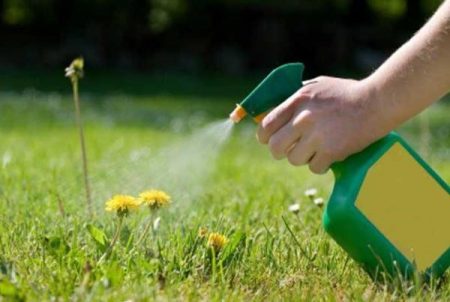
Selective herbicidal compositions are used to destroy unwanted grass without harming the planted crops (Roundup, Lonterl Zood, Urogan, Lazurit). When choosing the chemical composition, gardeners take into account the variety of weeds that require destruction and neglect of the site. Soil preparations are diluted taking into account the attached instructions for the selected drug.
Using chemical treatments, you can save the crop from insects, weeds and pathogenic fungi. However, the herbicidal application has also negative aspects. For example, funds affecting the underground parts of vegetation do not destroy weed seeds. A new weed appears after 2.5 months. Therefore, one chemistry cannot be dealt with - additional weeding and processing are needed. It is dangerous to use herbicidal compositions that have a cumulative ability in the soil. Not only birds, domestic animals, but also humans can suffer from this.
The mechanical method of weed control in the country
This method involves weeding, digging, picking, digging, cutting weed. All methods of weed removal are long and laborious. Not all grass is removed from the earth simply. For example, wheatgrass and buttocks are difficult to handle manually, and a purslane has a weak root system, so it can be easily removed.
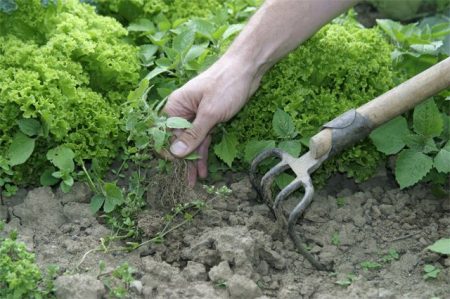
After mowing, the litter sprouts again. When the root is not removed, weeds grow with renewed vigor. To destroy most of the root system, regular mowing is required. So you can achieve drying of the roots so that weeds do not sprout plentifully. However, this method does not guarantee complete disposal of parasitic plants, in addition, the mechanical method has negative aspects:
- Do not do without periodic weeding;
- there is no possibility of application on the lawn (when mowing parasitic plants, decorative grass is grazed).
If the weed needs to be removed for the subsequent sowing of lawn grass, then without strong chemical compounds can not cope.
If weeds are difficult to pull out, then they cut it with a suitable tool deeper in the ground. To combat weed mechanically, you will need a hoe, chopper, plane cutter. Inventory should be convenient, sharpened. The most effective treatment is carried out in early spring before planting, repeated work is recommended after harvesting - digging the land for the winter.
Weed control by mulching soil
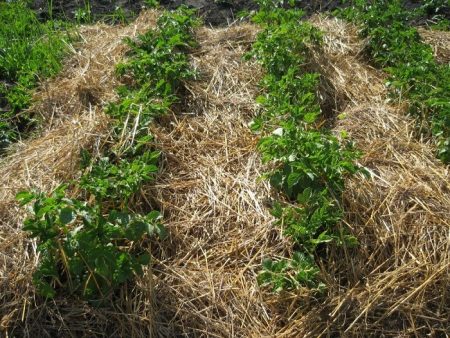
The fight against weeds by mulching is a lengthy procedure. In the course of work to destroy parasitic vegetation, the soil is covered with a layer of some material:
- gravel;
- foliage;
- black film;
- sawdust.
Sun rays do not pass through the coating, which causes the lack of photosynthesis and death of even persistent and strong plants. Mulching is an effective way to eliminate weed on a land plot, but a long one. For example, in order to destroy the weeds in the selected territory, it is necessary to cover it with film in May, and you can remove it next year - in the summer. The performance is high, but it must be waited.
Mulching is used for growing strawberries and potatoes. Holes for the culture bush are made in the film material, the rest of the space is protected from the penetration of light and weeds. For fruit and vegetable plants, the film creates favorable conditions (keeps optimal humidity and heat), the weed root system dies under the cover. If another material is chosen as mulch, then its layer should be at least 10 centimeters.
Folk Weed Control Methods
Weed grass can be removed using folk remedies that are safe for fruit and vegetable crops. All preparations for processing are easy to prepare at home.
Salt treatment
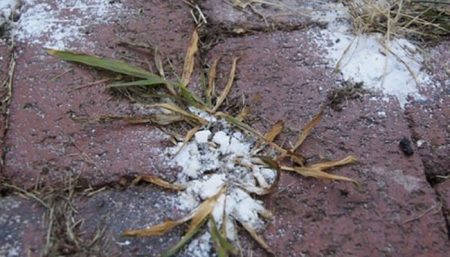
Killing grass with salt is considered an effective method. The product can be used even on beds with plantings, but taking into account the control of the amount of salt. If you overdo it, the earth will become saline, which is undesirable for garden crops.
To destroy weeds, you need to sprinkle ordinary table salt. The salt does not crumble over the plantings; it is recommended to backtrack 10-12 centimeters from the growing root crops, seedlings and the like, and carry out the treatment. Further, the areas are well moistened. After this treatment, the weed dies, but the new one does not germinate.
Salt crumbles in a small amount, evenly, without the formation of dense layers. Salt destruction of weeds is carried out 1 time per season.
Vinegar
After spraying with vinegar, weeds burn out. Processing is carried out carefully so that the product does not fall on vegetable or berry crops. To prepare the composition, add 1 liter of vinegar in 2000 ml of water. The amount of working fluid is intended for spraying 2 acres of land.
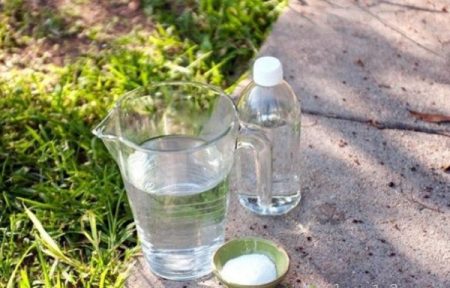
Alcohol use
If you take care of the cleanliness of the soil in the early spring, then in the summer you will not have to suffer with weeds. Alcohol is used for processing, work is carried out before sowing and planting crops. The alcohol-containing fluid acts as a disinfectant for the soil. Spraying with alcohol helps to destroy the seeds and roots of perennials, until the next year weeds will not bother.
In order to avoid harm to cultivated plants, alcohol is diluted with water in a ratio of 1 to 10. For 2 hundred parts of the earth, 11 liters of the composition must be prepared. Planting and sowing seeds of crops and seedlings is allowed no earlier than after 30 days.
There is no point in treating weeds already appeared in the garden with an alcohol solution, since the effectiveness will be zero.
Soap

To prepare a soap solution you will need a 10 liter capacity with water, 2 tbsp. l table vinegar, 2 tbsp. l soap for household needs (rubbed on a grater). After dissolving the soap, the areas with weeds are watered with liquid, bypassing the garden crops.
Sodium bicarbonate (soda)
Soda is used in areas where cultivated plants are not planted. The composition gives good results when dealing with weeds that have not yet developed. Often, the space between the garden tiles (paths) is treated with the product. Large weeds soda is not within the power. The solution is prepared from 3 tablespoons of soda and 1000 ml of water. The composition abundantly pours into selected soil areas. Reprocessing is recommended after a month.
Sawdust
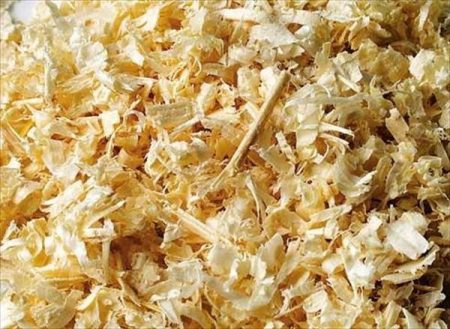
Owners who drown with firewood collect sawdust when cutting wood. This material is used for strewing paths, row spacing and weed control. On sprinkled soil with sawdust, weeds grow slowly, if weeding the weeds several times using a plane cutter, the weeds will die completely.
Types of weeds and ways to control them
Some weed species are toxic to humans and animals. What are the most frequent unwanted guests in the beds and how to deal with them?
Wheatgrass - grass with a well-developed root system, grows more than a meter in height. Wheatgrass is immune to cold, loves the sun, does not tolerate shade. The depth of distribution of the roots is 15 centimeters.
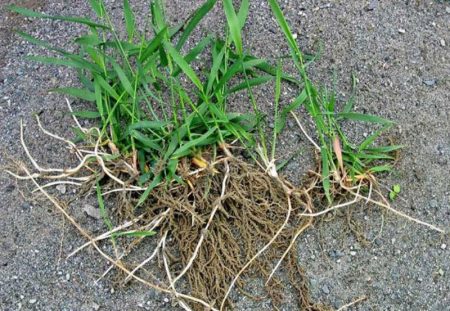
To combat malicious weed, mulching with a needle, sawdust, chemical or mechanical treatment (digging), sowing of winter, oat crops is suitable. You can simply cover the soil with a film and wait until the weeds die. Work must begin in early spring, then the weeds have little chance of getting stronger. If there is too much wheatgrass in the area, it is recommended to use selective pesticides before sowing. Processing is carried out taking into account the recommendations in the instructions.
Sow thistle - has good roots that go down to half a meter in depth. Lateral roots extend along the entire root system. After blooming sow thistle, the seeds are sown further.
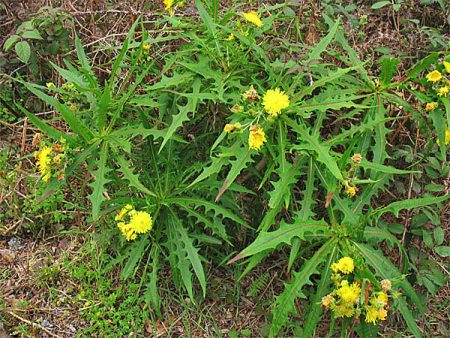
Fighting the weed is difficult, the best time to destroy the plant is early spring, when the roots can not yet multiply. To fight, gardeners dig up the sites, carefully choosing the roots of sow thistle. A good result is achieved if digging is carried out twice a year (in early spring and autumn). Throughout the season, additional weeding is required to maintain cleanliness on the site (the weeds that have broken through are eliminated).
Bindweed (in common birch) is a perennial, creeping plant that spreads rapidly to sites. One weed can spread up to 2 square meters. m. area. Braiding a bindweed crop harms plants.
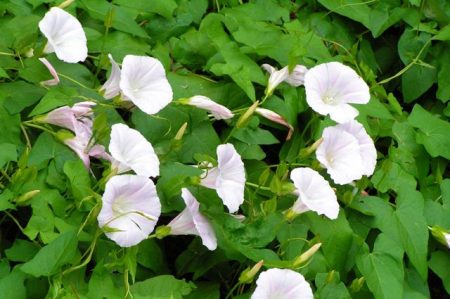
To combat the birch, gardeners undertake the excavation of the root system as a whole. It is recommended to sow mustard on the excavated areas for protection against bindweed. This neighborhood is not to the liking of a birch tree, besides mustard fertilizes the soil and helps get rid of wireworms. If the bindweed made its way to the already planted beds, vegetable growers recommend constantly weeding the areas to remove the aerial parts of the weeds. Good results on the removal of birch gives deoxidation of the soil with ash. Mulching with sawdust, as an option for the destruction of weeds, in this case is not suitable. Wood material, on the contrary, acidifies the soil.
Mokritsa - the weed does not allow the full development of cultivated plants. If you do not destroy it in time, then the entire area will be covered with a green carpet of wood lice. The plant promotes the growth of bacteria, disrupts the circulation of air. All this adversely affects the normal formation and growth of garden crops.
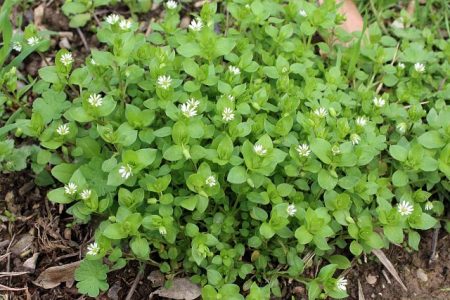
The fight against wood lice is recommended to start in early spring, when the grass has not yet gained strength after winter. To do this, the beds are dug with a pitchfork to extract the root system. During the season, the beds on which the wood louse appears require regular weeding.
To prevent the spread of woodlice, gardeners recommend liming the soil with bone meal, as well as lime to normalize the acid balance. Weed loves an acidic environment. In case of massive affection with wood lice, spot treatment with Roundup is performed.
Blackberry - A rapidly growing weed destroying cultivated crops. In common people, weed grass is called rooster millet.
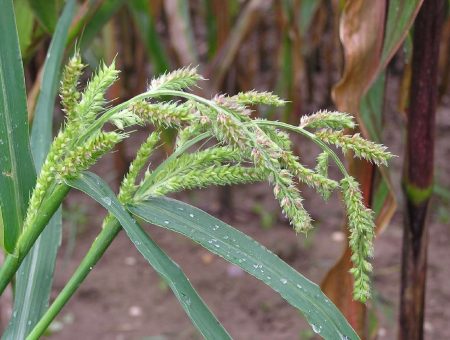
For destruction from early spring and throughout the season, you should often loosen the soil, carry out mowing until the appearance of color on the weed. For chemical treatment, agents such as Simazin, Eradican, Atrazine are used.
Shiritsa - this weed has a long rod root, extending up to 2 meters in depth. The plant is resistant to drought and frost.

Destroy Shiritsa by digging the soil, sampling grass, weeding. The main thing is to prevent the plant from throwing out color.
After harvesting, it is recommended to plant affected areas with green manure - mustard. When the mustard grows, it is covered with a film and left until the next season. During this time, due to the high temperature, mustard overheats with weeds under the material, and the soil is enriched with useful substances.

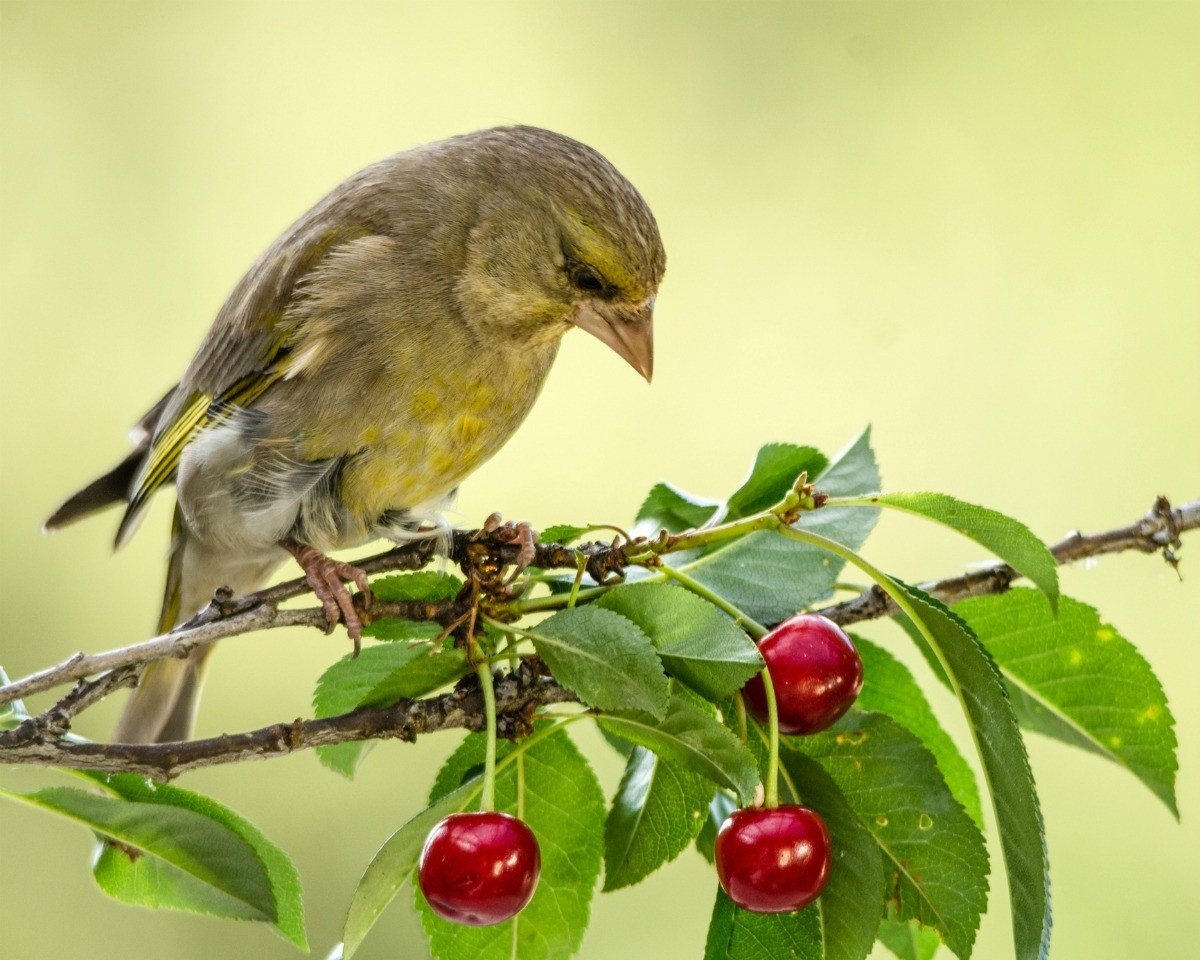
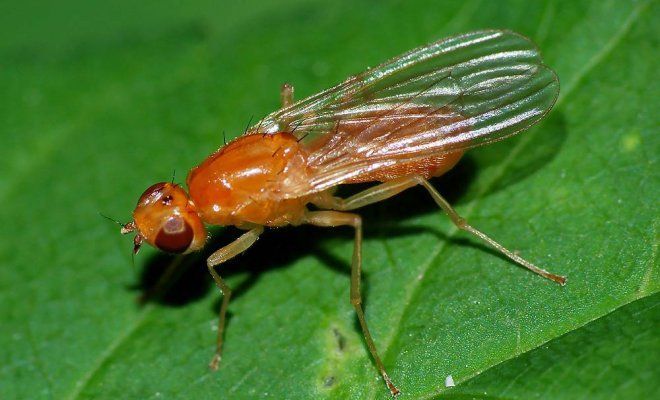
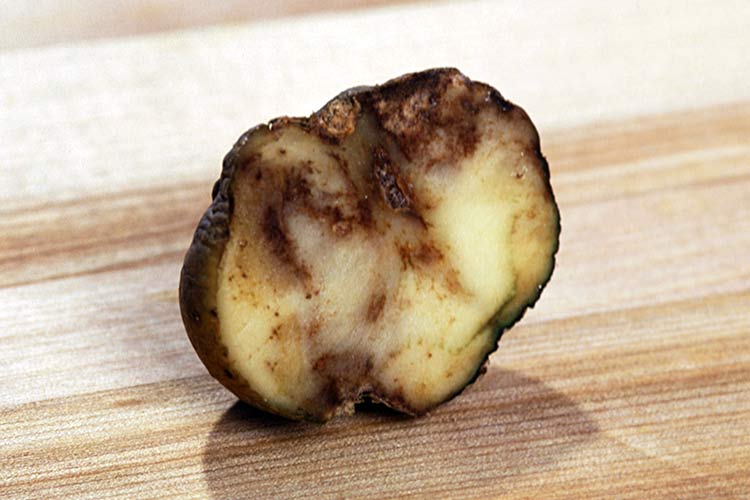
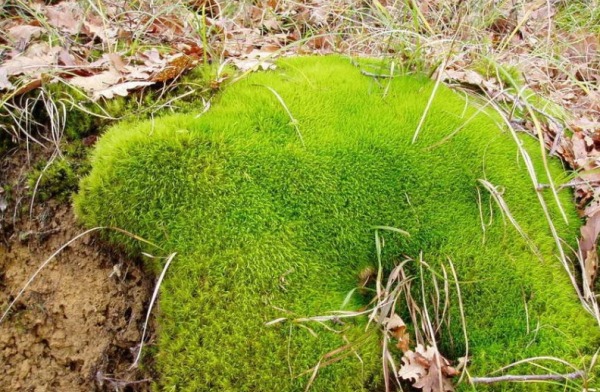 Where does moss come from in the garden and is it necessary to get rid of it?
Where does moss come from in the garden and is it necessary to get rid of it?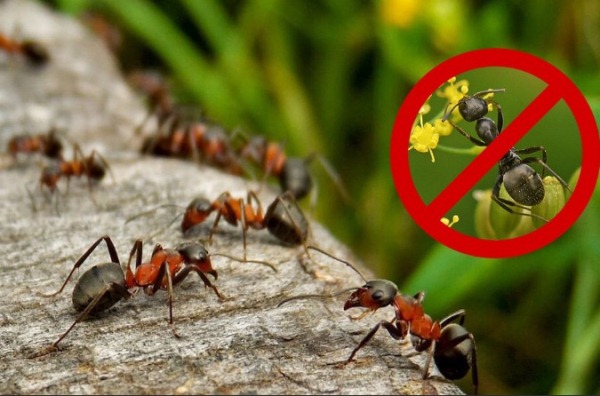 The most effective ways to deal with ants in the area
The most effective ways to deal with ants in the area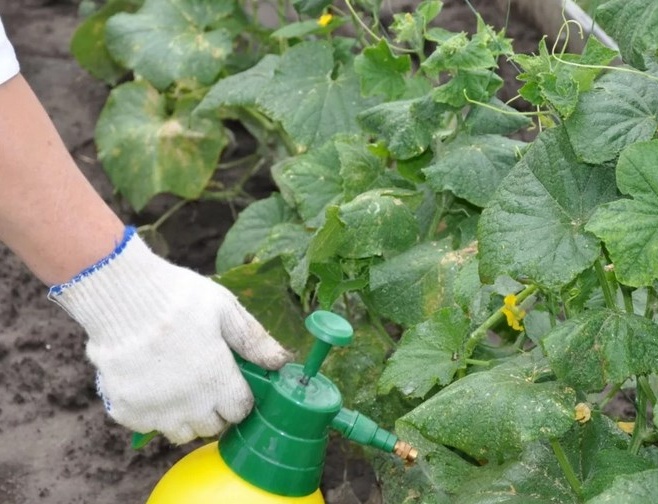 Cockchafer and Bear: An Easy Way to Save Plant Roots
Cockchafer and Bear: An Easy Way to Save Plant Roots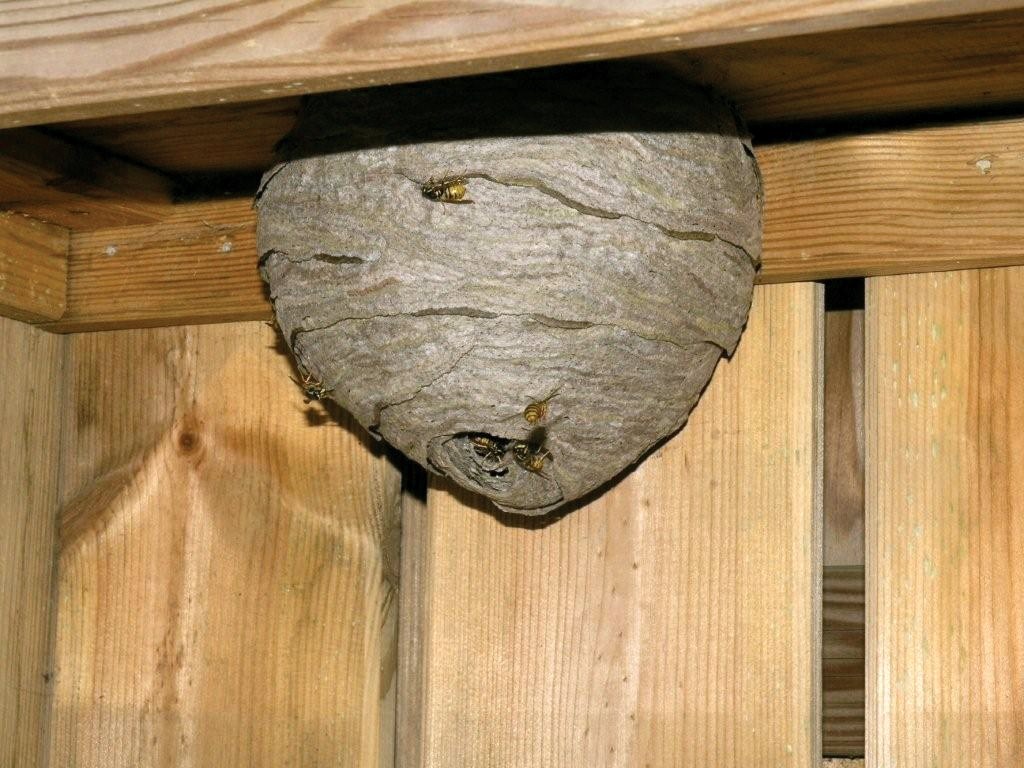 Get rid of the aspen nest quickly and safely.
Get rid of the aspen nest quickly and safely.
Barabas
These are all half measures! Roll up everything with asphalt and lay the tile on top.
Olga
sprout anyway! we made a pit in the bay under the car and a half bayonet, laid it with stones and pebbles and poured it all with cement and anyway (bitch) climbs! like that!